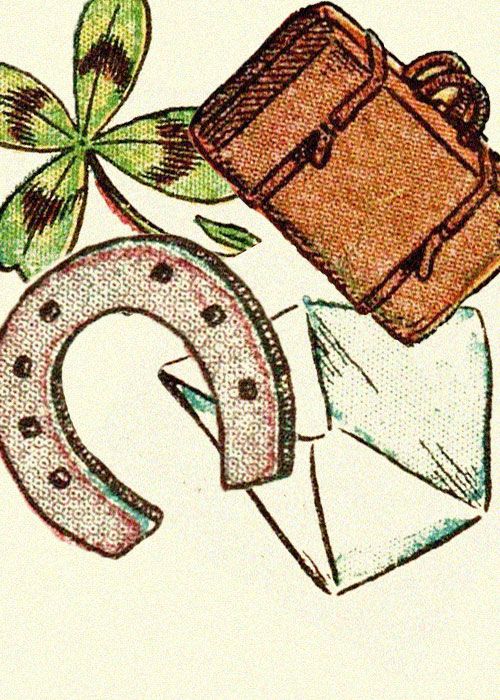Over the past few decades, childhood mobility in the West has dropped precipitously. You might think that the change has something to do with the emergence of the Internet. But longitudinal data suggests otherwise.
The important point is that kids want to spend time together, in their own space, away from the tiresome grown-ups.
Adult employment patterns and lifestyle changes have also been slowly trending toward car-dependency, which means that kids often end up living far away from their friends. If children want people to play with, the most efficient solution is for their parents to drive them to an organized sport or other structured activity.
I wish the children of today had a forest. But they don’t. They’re making do with what history has handed them.
We can complain about their screen time, lament the anxious generation, scoff at how ‘unnatural’ this brave new world has become. Simultaneously, though, we should do our best to understand why kids are behaving this way. There’s no point in whining about the impulses endowed to them by several hundred thousand years of evolution. Don’t hate the player; hate the game. And if you really hate the game, make a better one.
